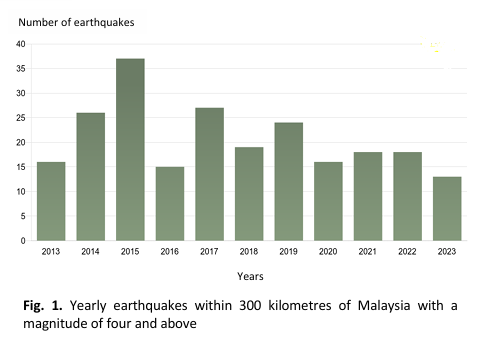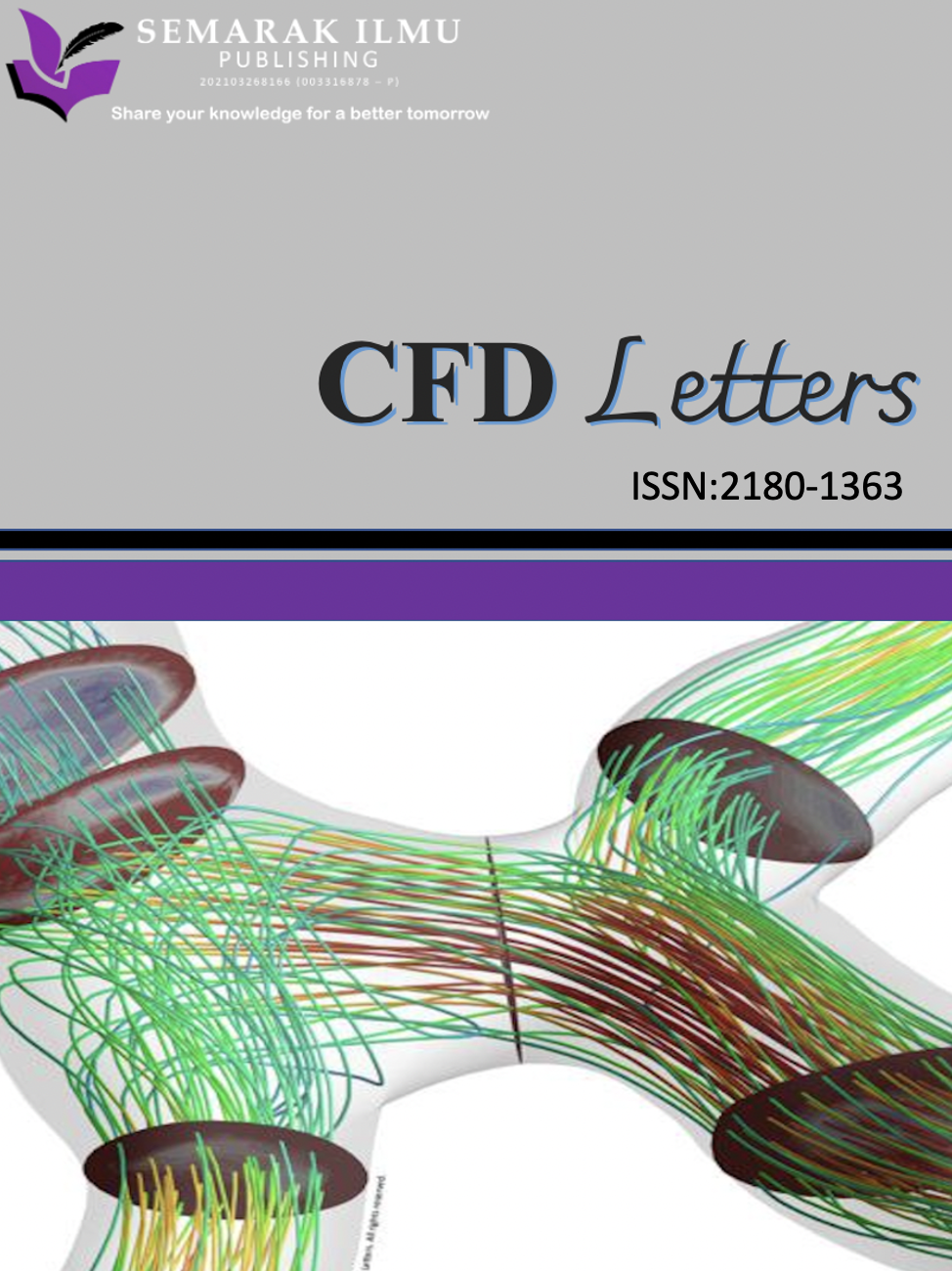The Assessment of Tall Building Structure Performance Due to Seismic Effect in Malaysia
DOI:
https://doi.org/10.37934/ard.129.1.112129Keywords:
Seismic, tall building, cross-validation, fragility curve, soil effectAbstract
Recent natural disasters have brought attention to the vulnerability of buildings in Malaysia, resulting in severe damage, loss of life, and economic setbacks. Many existing reinforced concrete structures in the country were not adequately designed to withstand seismic forces, as they primarily focused on vertical loads. Therefore, it is crucial to evaluate the seismic performance of buildings to ensure their safety during earthquakes. This research aims to develop fragility curves specific to tall concrete buildings in Malaysia. The study analyzes two building models, differing in the number of stories: a 30-story type I building and a 25-story type II building. The analysis involves pushover analysis and incremental dynamic analysis, considering gravity and wind loads as per the Malaysian standard practice (BS8110). Lateral design loads are utilized for the pushover analysis, while five records of far-field ground motion are employed for the incremental dynamic analysis. Furthermore, different soil types are taken into consideration to assess their impact on the structural response. Fragility curves are produced through the examination of inter-story drift ratios recorded during the evaluation of five distinct ground motions for each soil classification, along with incremental variations in peak ground acceleration. The structural performance is evaluated using five distinct performance levels: operational phase (OP), immediate occupancy (IO), damage control (DC), life safety (LS), and collapse prevention (CP). Fragility curves are developed for both building models, considering the four soil types. The findings reveal that the inter-story drift ratio or damage measure values increase with higher peak ground accelerations. Additionally, the pushover analysis indicates that the 30-story model (type I building) exhibits higher base shear compared to the 25-story model (type II building), suggesting a correlation between base shear and building height. A total of eight fragility curves are constructed, representing the probability of exceeding IO and CP limit states. Notably, under soil type A bedrock with a peak ground acceleration of 0.1 g, the 30-story building demonstrates better performance compared to the 25-story building, with maximum probabilities of exceeding CP damage states of 4% and 8% respectively. The fragility curves highlight the significant influence of soil conditions on structural vulnerability.
Downloads























